PERIMETER
A CONTEMPORARY PORTRAIT OF LAKE MICHIGAN KEVIN J. MIYAZAKI foreword by Mary Louise Schumacher WISCONSIN HISTORICAL SOCIETY PRESS Published by the Wisconsin Historical Society Press
Publishers since 1855 Text 2014 by the State Historical Society of Wisconsin
Photographs 2014 by Kevin J. Miyazaki
E-book edition 2014 For permission to reuse material from
Perimeter, ISBN: 978-0-87020-676-4, ebook ISBN: 978-0-87020-677-1, please access www.copyright.com or contact the Copyright Clearance Center, Inc. (CCC), 222 Rosewood Drive, Danvers, MA 01923, 978-750-8400. CCC is a not-for-profit organization that provides licenses and registration for a variety of users. The
Perimeter photography project was commissioned by the Haggerty Museum of Art at Marquette University.
The project was sponsored in part by the Friends of the Haggerty and the Wisconsin Arts Board, with funds from the State of Wisconsin and the National Endowment for the Arts. wisconsinhistory.org Designed by Percolator 18 17 16 15 14 1 2 3 4 5 The Library of Congress has cataloged the printed edition as follows: Miyazaki, Kevin J. Perimeter: a contemporary portrait of Lake Michigan / Kevin J. Miyazaki; foreword by Mary Louise Schumacher. pages cm ISBN 978-0-87020-676-4 (hardcover: alkaline paper)ISBN 978-0-87020-677-1 (ebook) 1. 2. 2.
Michigan, Lake, RegionPictorial works. 3. Michigan, Lake, RegionSocial life and customsPictorial works. 4. Michigan, Lake, RegionBiographyPictorial works. Title. Title.
F553.M59 2014 977.4dc23 2014018116 For those who love this lakepast, present, and future
ACKNOWLEDGMENTS
I would like to thank the Haggerty Museum of Art at Marquette University, which initially commissioned the project that came to be known as
Perimeter. The invitation to think more deeply about the place where I live, and to contribute to the conversation on the importance of freshwater, was a real gift. Im grateful to the entire museum staff for their support, in particular Director Wally Mason and Curator of Education Lynne Shumow, whose enthusiasm for the project was inspiring. Thank you to the hundreds of subjects I photographed, most of whom I met only briefly. Your contribution to this project may have only lasted a few minutes, but it had a beautiful, cumulative effect. Im glad we met and I hope I captured a glimpse of your love for Lake Michigan. Kate Thompson at the Wisconsin Historical Society Press saw potential for
Perimeter as a book, and Im grateful to her and Kathy Borkowski for their vision.
And to Laura Kearney, who patiently guided the production of the book youre holding. Im grateful for the thoughtful words of Mary Louise Schumacher, whose coverage of the art in our region is more important than ever. And to John Gurda, for allowing me to lift a particularly apt quote from one of his fascinating lectures about the lake. To those who assisted me at times during the project: Brianna Prudhomme, Jessica Kaminski, Greg Ruffing, Patrick Castro, and Alexa Bradley of On the Commons. During my trip around the lake, I reached out to many people whose advice and insights were invaluable. Thank you to all those who continued to point me in the right direction.
Lastly, thank you to my partner, Marilu Knode, whose support never seems to end.
ABOUT PERIMETER
The quality of life and the quality of the water are inseparable. John Gurda, historian I was born in Milwaukee and have lived much of my life just west of the city. Lake Michigan, though only a few miles away, hasnt been a part of my everyday landscape. But like most who live in its proximity, I know the lake is embedded in the cultural fabric of where I choose to live. Its assuringly strong and ever-present. It aids in physical and mental orientation, like a giant, aquatic compass.
When I was approached by the Haggerty Museum of Art at Marquette University in 2012, they were seeking to commission new artwork that related to freshwater and the Great Lakes. Their interest was part of an ongoing and important dialogue happening in the city of Milwaukeethat of freshwater research, which runs deep in the local environmental, business, political, and academic communities. I chose to examine Lake Michigan, but rather than focusing primarily on the water, I would represent the people most affected by its health. Who were the people living, working, and enjoying the water every day? I aimed to find and photograph them and to create a contemporary portrait of Lake Michigan. To do so, I proposed to drive around the perimeter of the lake, traveling counterclockwise through Wisconsin, Illinois, Indiana, and Michigan. In order to physically see as much of the lake as possible, I would stay off all interstate highways, keeping the water on my left and land on my right.
I was, in effect, going to make a giant, beautiful left turn. For the trip, I created a portable photo studio out of plumbers PVC pipe, which I could strap to the top of my car and erect quickly to photograph the people I met. There were some specific, compelling subjects Id identified in advance, but most were just people I encountered while traveling. I set up on beaches and in parks, on boat docks and in backyards. In all, I photographed nearly three hundred subjects. 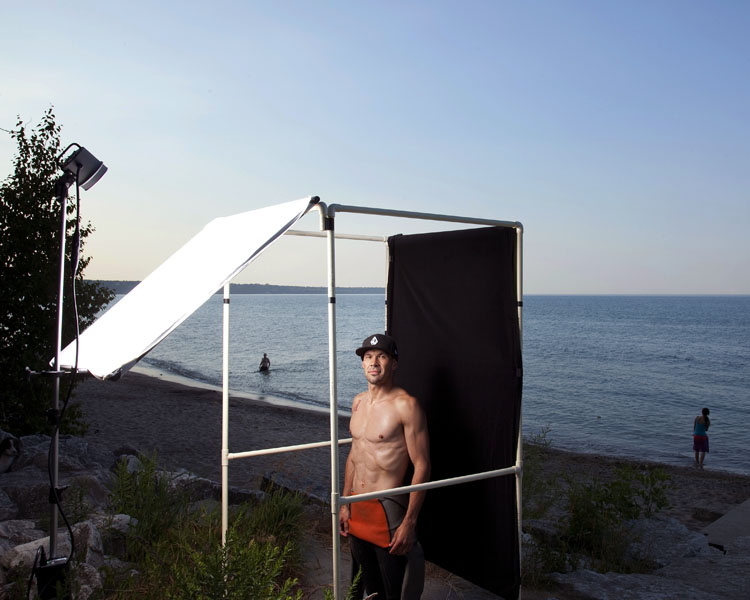 At Montrose Beach Park in Chicago, I photographed a diverse group of city dwellers reveling in the warm, late-day sun.
At Montrose Beach Park in Chicago, I photographed a diverse group of city dwellers reveling in the warm, late-day sun.  At Montrose Beach Park in Chicago, I photographed a diverse group of city dwellers reveling in the warm, late-day sun.
At Montrose Beach Park in Chicago, I photographed a diverse group of city dwellers reveling in the warm, late-day sun.
Near Gary, Indiana, I met and photographed proud union steelworkers. In Harbor Springs, Michigan, I sat in a park with Frank Ettawageshik as he sang me the Native American water song. At the end of a long, rural Upper Peninsula road, I photographed Naomi Sanders, an eighty-one-year-old volunteer at the Seul Choix Point Lighthouse. And in Sevastopol, Wisconsin, I met Amy Lukas and Mary Catterlin, who were midway through their own perimeter trip, traveling around the lake in a homemade dugout canoe. The drive itself was an investigation of access. In 1,800 miles, I found gorgeous, long stretches of road along the lake.
But I also found places with no easy access, encumbered by industry or posted private property signs. Some of the most gorgeous spots I found were small, humble public places, like Robert La Salle County Park near Forestville, Wisconsin. To log my journey, I photographed the water as I went, studying the point where the water met the sky, and keeping the center of the lake as my literal and spiritual axis. I dont claim to be an expert on Lake Michigan, even after this journey. I dont know what the future holds for the lake in terms of new social and environmental challenges. But I do know this: I met real people who love this body of water and I now see the lake more in terms of lives than liquid.
The diversity and vibrancy that I found when photographing the water reflects what I found when I pointed my camera toward landat the people living, playing, and working on its shores. And that gives me hope. KEVIN J. MIYAZAKI
FOREWORD
No landscape has brought a sense of the sublime into ordinary existence quite like the capricious beauty of Lake Michigan, at least in my experience. I grew up beside the Pacific Ocean and spent years living near the Atlantic, too, and I know something of that inexplicable need to be near liquidy expanses. But just consider the curvaceous plumes of misty white that rise from the surface of the lake in fall, when cold winds sweep over the water still holding onto some of its summer warmth.


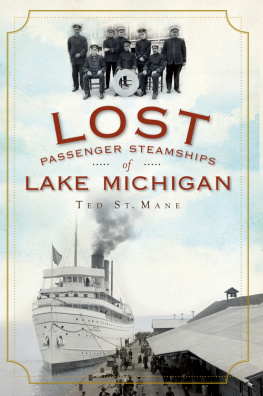
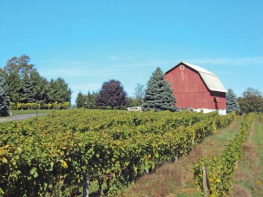
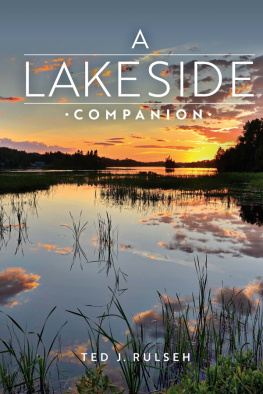
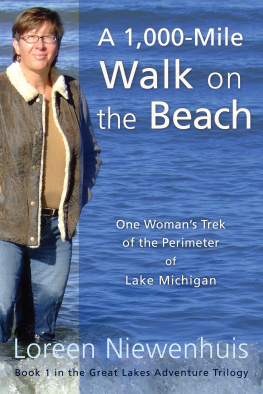
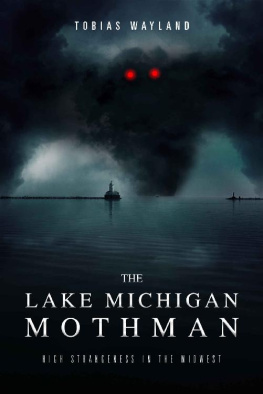

 At Montrose Beach Park in Chicago, I photographed a diverse group of city dwellers reveling in the warm, late-day sun.
At Montrose Beach Park in Chicago, I photographed a diverse group of city dwellers reveling in the warm, late-day sun.